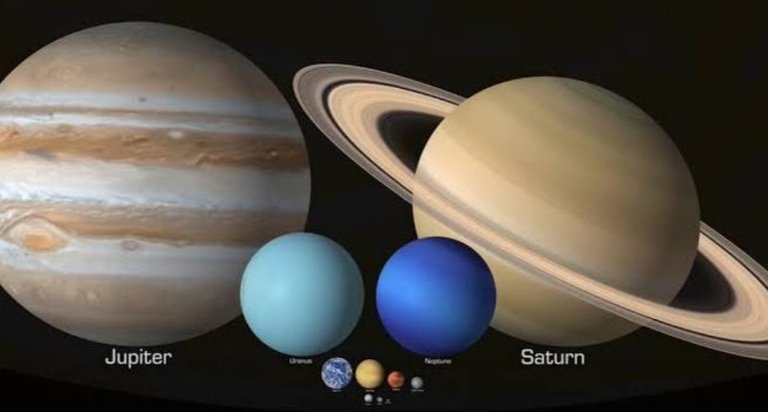
Our solar system is home to various celestial objects, including planets, moons, asteroids, and even dwarf planets.
All of these objects differ in many ways, yet work in perfect unison. A comparative study of the various features of these celestial bodies gives us some fascinating results.
The above animation from planetary scientist Dr. James O’Donoghue helps put in perspective the different objects in the solar system in terms of size, rotational speed, and the axial tilt at which they rotate.
With such a diverse solar system of planets and other celestial objects, there is no shortage of questions to think about. Like what is the exact diameter of Jupiter, or how fast does Pluto rotate?
Planets like Venus or Pluto rotate in the opposite direction to Earth, or in retrograde, and thus are denoted with a negative symbol before their values.
Another interesting observation is that the Sun rotates on its axis only once in about 27 days and has an axial tilt of about 7.25 degrees from the axis of Earth’s orbit. Hence, we see more of the Sun’s north pole in September of each year and the south pole in March
The Earth we live on is a unique planet within our solar system containing water and air, and is where living things thrive. But, aside from those surface level differences, is our home really different from other planets and celestial objects?
In the table below, we compare other nearby celestial bodies with Earth, using ratios—this time, from smallest to largest:
Though Jupiter is around 11 times wider than Earth, its rotational period is only 0.4 times as long as our planet’s—meaning it rotates at a much faster speed.
On the other hand, Venus uses a slow and steady approach, taking 244 times longer to make one rotation (in comparison to background stars) when contrasted to Earth.